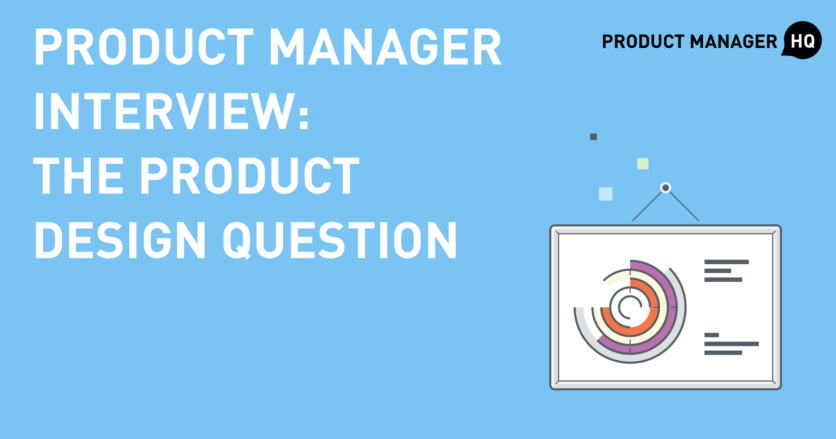Like any other job, product management can oftentimes be a very overwhelming experience for any individual joining a new company. When I first transitioned into my first product role, I was completely lost and found myself scrambling to different meetings without proper context of what was going on. As I’ve watched and helped new product managers ramp up in our company, I’ve found that it’s important to take the following 5 steps as a new product manager:
1) Meet Everyone on the Team
Some of the most successful PMs we’ve onboarded have immediately taken the time to introduce themselves and schedule 1 on 1 chats with every member of the team. It’s important not to be over-intrusive here, look for times when team members aren’t swamped to schedule chats and get to know everyone on a personal level.





